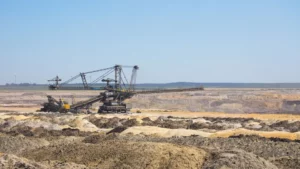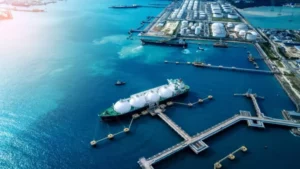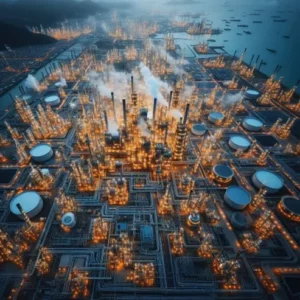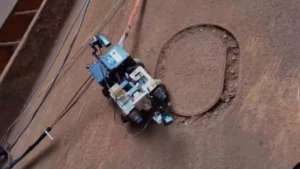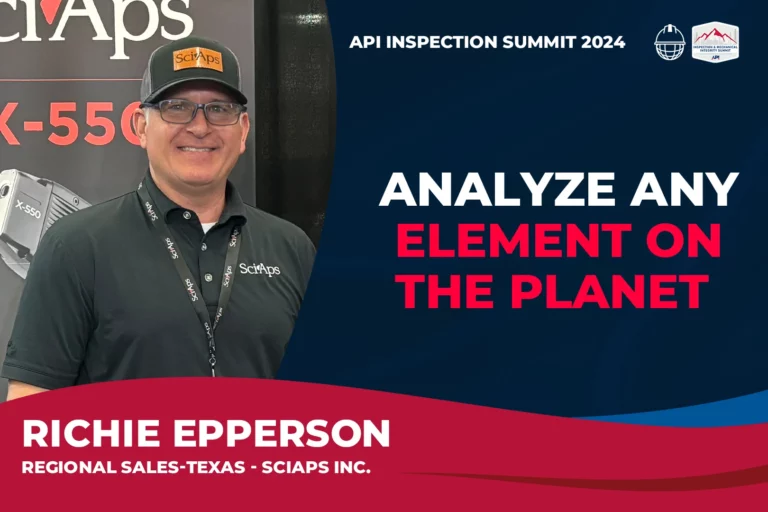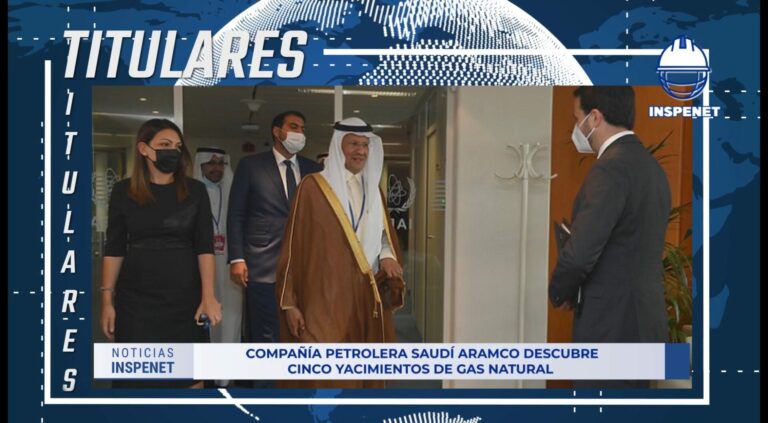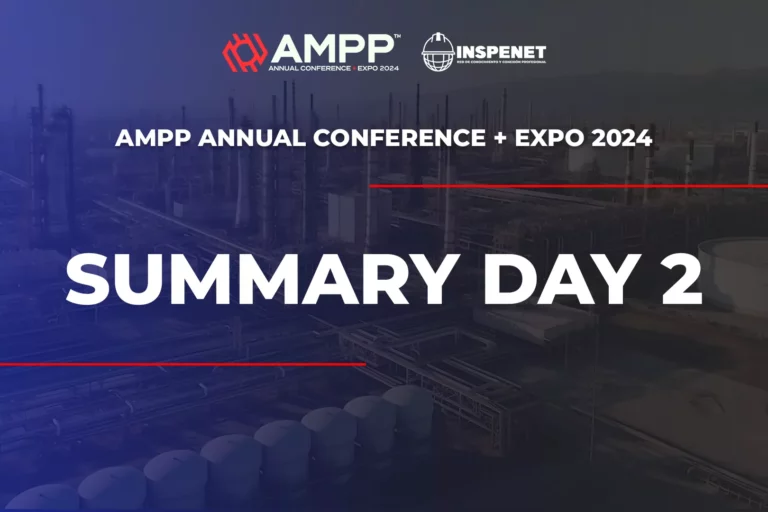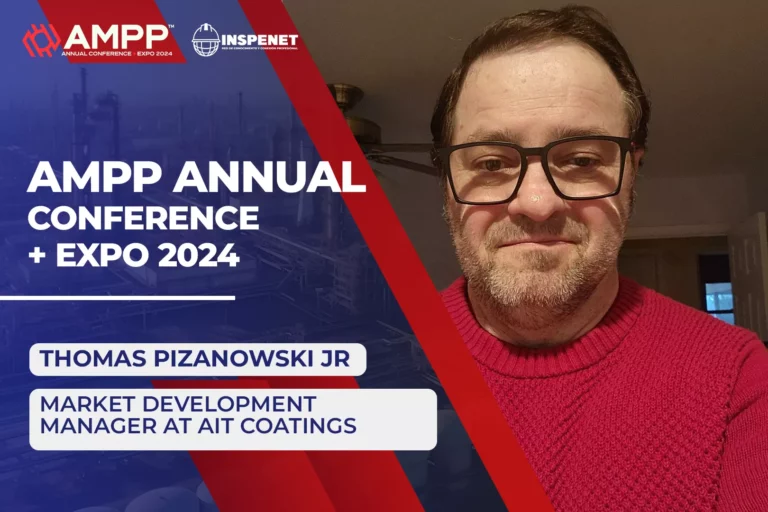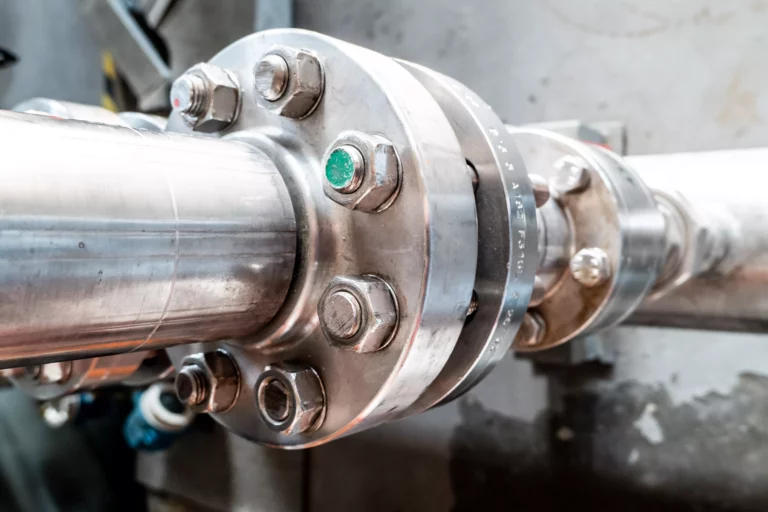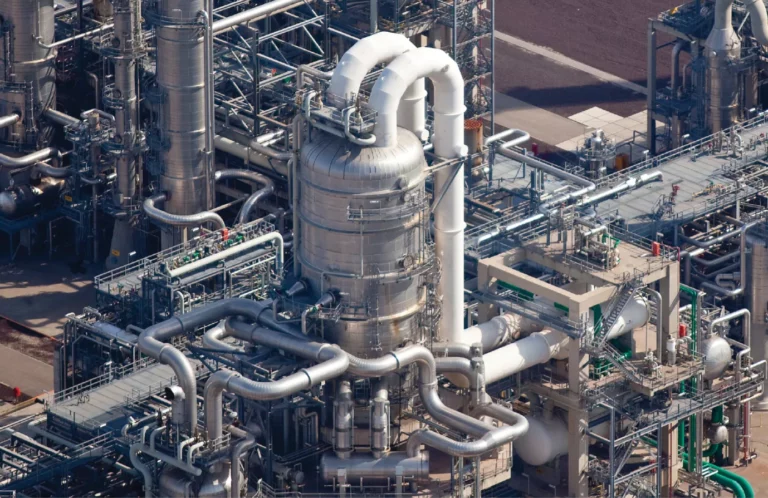Eng. Mayuly Rodríguez, September 28, 2023
Introduction
The importance of design to avoid corrosion in structures has come a long way in search of continuous improvements. At the center of this evolution, the design of metal structures is established as a primary area, where advances not only determine efficiency and aesthetics, but also guarantee more resistant and durable structures.
Evidently, one of the most effective and often underrated methods for combating this damage is found in the initial phase of any project: design . Planning proactive strategies in advance, focused on corrosion prevention, avoids significant damage and increases the durability of materials. Have you ever wondered what the main premises are that govern the design of those impressive metal structures that make up and enhance industries and urban planning?
Corrosion: A silent adversary
This phenomenon is one of the biggest threats to metal structures in all areas. Corrosion manifests itself when metals oxidize, it is a natural but harmful reaction that is accelerated in the presence of environmental factors such as humidity, salinity, chemical agents, corrosive gases, temperature, etc. Although it is an inevitable process in many cases, its speed and severity can be controlled with proper design and engineering.
The combination of several of these factors damages metals, seriously reducing their resistance. In a marine industrial environment where salinity, humidity and extreme temperatures converge, metals are subject to an accelerated and aggressive form of corrosion, necessitating the use of specialized protective measures, such as coatings. anticorrosive advanced cathodic protection systems, resistant materials and innovative design techniques that mitigate their effects.
Importance and influence of the design of metallic structures in corrosion control
In engineering, mechanical design is very important, it is the process that defines the configuration, material and function of a part, element or structure before its manufacture; ensuring its resistance, durability and aesthetics. This indicates that design is not merely a creative act; It is the beginning of the process from the moment a project is idealized, where each element created is a demonstration of precision, captured in plans that not only detail shapes, dimensions and specifications, but also indicate methods and procedures for corrosion control and other adverse effects.
Designing a structure goes beyond creative and technical ideas. This is an in-depth study that involves a detailed analysis of the environmental conditions and operational variables that will influence the behavior of the material throughout its useful life. It is not choosing materials based solely on their mechanical robustness or economy, but on their ability to resist corrosive attacks specific to their operating environment.
Engineers must determine the physical and mechanical properties of the material to be used, so that the element to be designed is resistant to corrosion, and also determine the best protection systems as appropriate. During the design, alternative factors such as manufacturing, welding, handling, transportation and assembly processes that can generate imperfections and trigger the formation of premature corrosion in remote areas must also be considered, hiding these points from visual inspection.
Whenever any element is designed, adhering to specific standards is not only a matter of legal compliance, but also a requirement to guarantee the safety, quality, and durability of the construction. This is critical in the context of corrosion prevention and control by design, it is a factor that significantly impacts the integrity and useful life of metallic structures.
Advanced materials: A new anticorrosive horizon
With the advancement of technology and the need to build more durable structures, the development of materials and alloys with specialized anti-corrosion capabilities has emerged that are optimizing the design of structures.
Designing structures that are resistant to corrosion is no longer limited to applying superficial protective measures, but begins in the conception phase, where the selection of the appropriate material is essential. Materials such as aluminum-zinc alloys, marine grade stainless steel, and fiber-reinforced composites are proving to be indispensable in industrial and urban environments, where corrosive agents are persistent.
The implementation of advanced materials from structural design is an investment in the longevity and integrity of the assets. It is not simply a choice, but a compelling need for durable and sustainable infrastructure that can withstand the corrosive challenges of tomorrow. In this sense, we are facing a new anticorrosive horizon, marked by technological innovation.
Trends in anticorrosive engineering: A focus on materials from design
The modernization of design engineering is deeply linked to the incorporation of innovative materials from the initial phase. Today, the conceptualization of metallic structures is a synergy between materials science and advanced technology, aimed at counteracting corrosion from its origin. The following trends will lead us to better corrosion management:
- High-performance materials: Since the genesis of any project, these materials have become a standard. Advanced alloys and hybrid compounds are meticulously selected to offer intrinsic corrosion resistance. The design now incorporates materials that not only withstand, but adapt to, harsh corrosive environments, reducing the need for maintenance and ensuring extended service life.
- Nanotechnology : It has been inserted in the design phase as a vital instrument to improve the corrosive resistance of materials. Nanoparticles incorporated in the coatings and in the material matrix itself amplify resistance to corrosive agents, offering an improved and self-healing barrier, an innovation that is planned from the design.
- Additive manufacturing and material customization: Advanced design software, particularly 3D printing, allows the creation of custom structural components that are intrinsically resistant to corrosion. Optimized materials and geometries have been introduced to specifically address the unique corrosive challenges of each operating environment.
- Artificial intelligence in materials selection: In this case, this tool is not only limited to monitoring, but extends to the design phase, where advanced algorithms assist in the selection of materials, predicting their behavior and resistance in various corrosive environments. . This technology ensures that each structure is built with materials optimized for its specific environment.
These trends underscore an era where corrosion engineering and design are positively intertwined. Each material, each component, each structure is the result of an adequate and advanced design, mitigating corrosion from the beginning.
Reference case study
- The Golden Gate: American Galvanizers Association 1 has estimated that if the hot-dip galvanizing technique had been applied to the entire structure of the Golden Gate Bridge, construction costs would have increased by 15%. However, this initial increase would be offset by savings of up to $1 billion in maintenance and repair costs accumulated since the bridge opened.
Although this case seems exceptional, it demonstrates that investing in efficient corrosion protection measures from the beginning of the project can result in significant savings over time. Instead of relying on periodic inspections and maintenance to counteract the effects of this phenomenon, it is possible and more effective to integrate preventive measures from the design phase.
Conclusions
The conscious integration of appropriate design, advanced materials, adequate protection systems and trends in anti-corrosion engineering are fundamental pillars to forge strong and durable structures.
The race against corrosion begins in the design stage of any project, where each decision and strategy implemented is directly reflected in the durability of the metal structures. Careful material selection, based not only on its mechanical properties and costs, but also on its inherent ability to resist corrosive environments, has proven necessary.
Today, advanced materials are making the world of anti-corrosion engineering more accessible. Specialized alloys and innovative coatings, driven by nanotechnology, are not only a positive response towards corrosion control, but a proactive initiative integrated from the design to ensure a robust defense against this phenomenon in metals.






